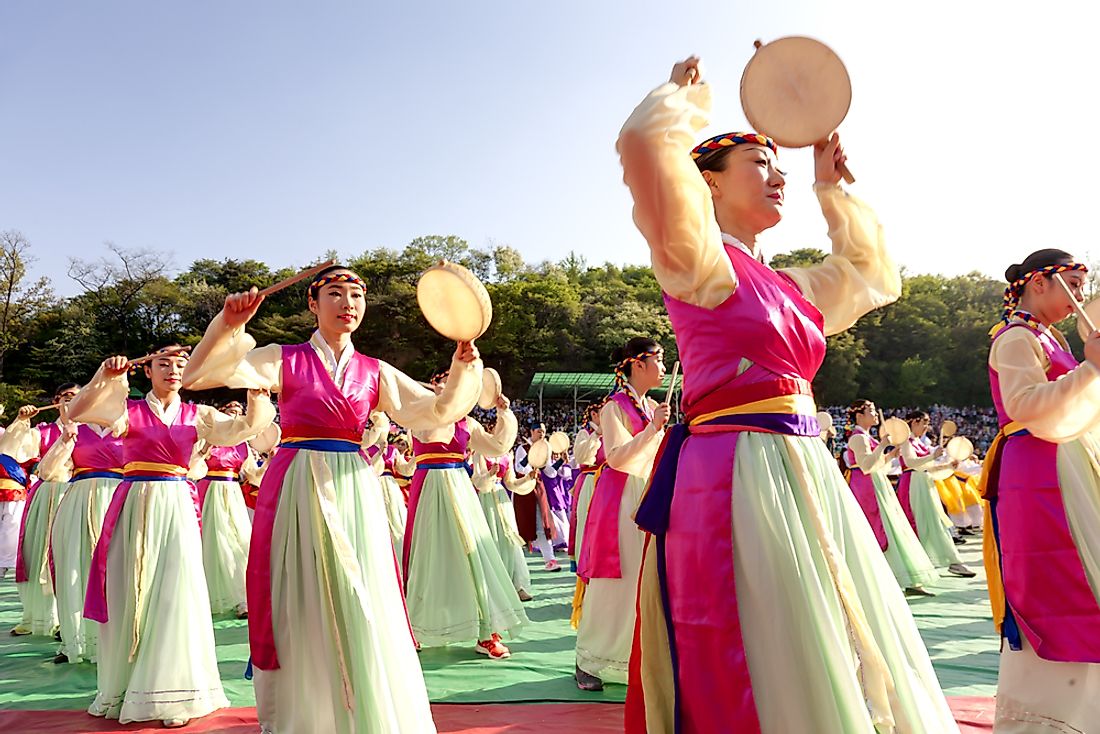Ethnic Minorities And Immigrants In South Korea

The South Korean Republic has Seoul as its capital and largest city. The country is highly urbanized with over 92% of its citizens living in urban areas with over 50% of them residing in Seoul. South Korea is one of the most ethnically homogeneous countries in the world with almost a negligible percentage of foreign immigrants. The immigrants mostly come from the People’s Republic of China, United States of America, Vietnam, Thailand, and the Philippines.
Chinese in South Korea
After the People’s Republic of China and South Korea reformed their relationship in 1992, a new wave of Chinese migrants into South Korea emerged. The latest statistics show that 50% of immigrants to the country are Chinese. The relationship between the two nations dates back to 1882 during the Qing Dynasty where the dynasty lifted trade restrictions with Korea. The Korean government was also very instrumental in helping the Qing Dynasty quell rebellions. In the early 1900s, a trade agreement was signed, allowing Chinese merchants to conduct business in Korea. During the 1997 Asian Financial Crisis, most Chinese migrants in Korea shifted to the USA but were unable to cope with the culture, climate, and the language and opted back to South Korea. Today, most Chinese prefer going to Seoul due to its quiet, serene and clean environment.
Americans in South Korea
Most Americans come to the country as tourists or professionals. They are the majority of English teachers found in the country.
Vietnamese in South Korea
Vietnamese-South Korean ties date back to the year 1200 when Ly Duong had to flee to Goryeo in Korea after a succession of power disputes. The Vietnamese have kept contact with both the South Koreans and North Koreans after the division of Korea in 1945.
Filipinos in South Korea
The bilateral relationship between the Philippines and South Korea can be traced back to 1950 during the Korean War, when over 7,500 Filipino soldiers fought on the United Nations' side to assist South Korea's conflict against communist North Korea. After the war, Filipino engineers and technicians played a vital role in reconstructing the country. In the 1990s, South Korea experienced a rapid economic growth coupled with decreasing birth rates which required increased labor and therefore many people immigrated to fill these positions. In 2007, Filipino immigrants to South Korea were estimated to number 70,000 people.
Ethnic Minorities And Immigrants In South Korea
| Rank | Country of Origin | Share of Foreign-Born Population in South Korea |
|---|---|---|
| 1 | People's Republic of China | 50% |
| 2 | United States of America | 7.6% |
| 3 | Vietnam | 7.2% |
| 4 | Thailand | 5.2% |
| 5 | Philippines | 3% |
| 6 | Japan | 2.7% |
| 7 | Indonesia | 2.6% |
| 8 | Uzbekistan | 2.4% |
| 9 | Cambodia | 2.1% |
| Other Countries | 17.2% |











